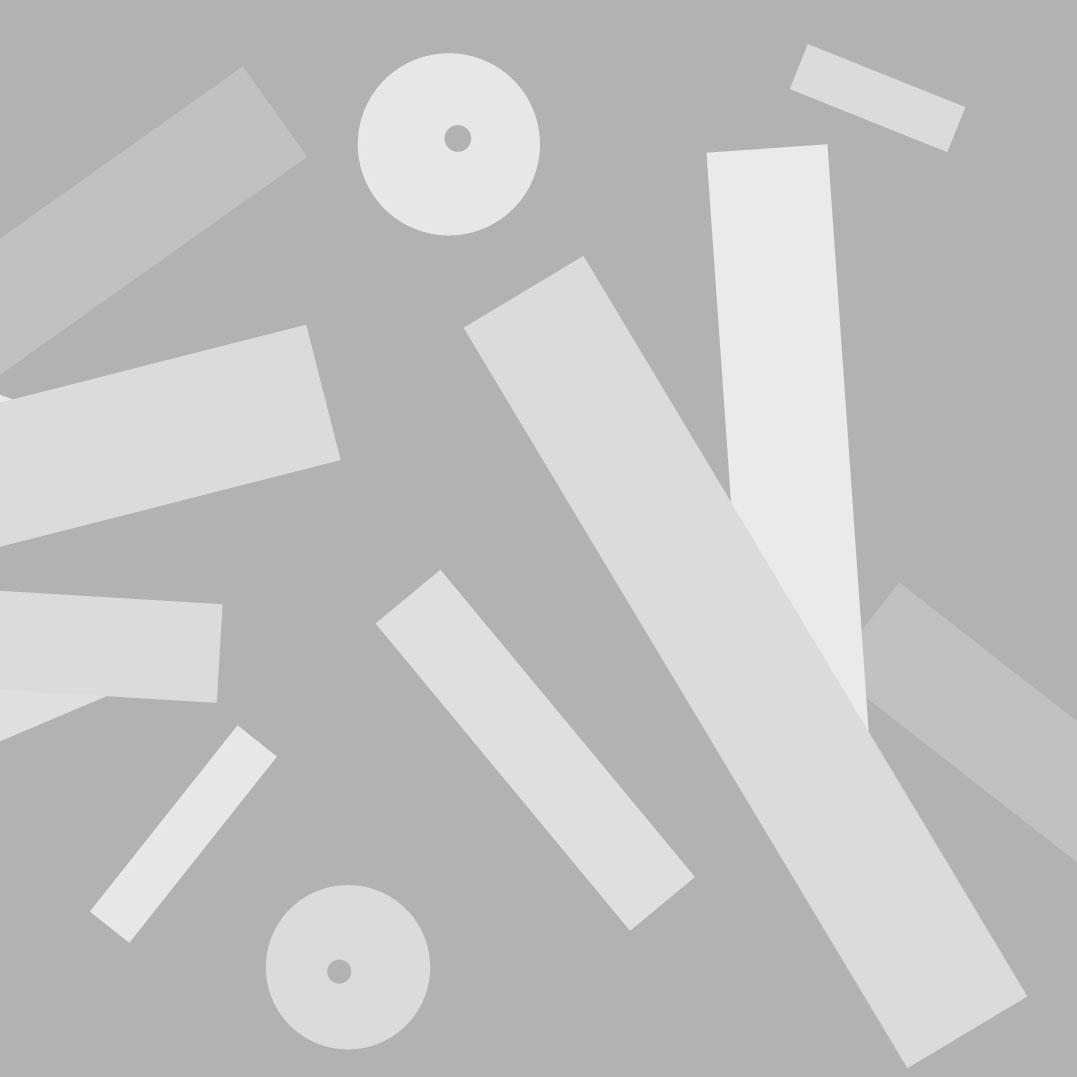Bill T. Jones studied classical ballet, modern dance, contact improvisation and Tai Chi Chaun. Before forming (in 1982) Bill T. Jones /Arnie Zane & Co., he was a choreographer and solo dancer, and danced on international tours in duets with his partner Arnie Zane.
He has received various awards, including the German Critics Award for the choreography of Blauvelt Mountain created in collaboration with Arnie Zane. His works have been included in the repertoire of companies such as the Welkcentrum Dans Company, the Co-Dance Company and the Alvin Ailey American Dance Theatre. He has created films and videos for various American and European television channels.
Arnie Zane began his career as a photographer. He has exhibited his work at Light Impressions Gallery, The Kitchen Center, Dance Theater Workshop and Pratt Institute.
He came to dance in ‘73, when, with Bill T. Jones and Lois Welk, he formed the “American Dance Asylum” in Binghamton, New York. In addition to being choreographer and co-artistic director of Bill T. Jones /Arnie Zane and Company, he has individually signed works for The Kitchen Center in New York (‘Cotillon’, 1981), P.S. 122 (‘New Hero’, 1981) and St. Mark's in the Bowery (‘Garden’, with Johanna Boyce, 1981). The joint work of Bill T. Jones and Arnie Zane represents one of the most significant and exciting products of the American ‘new dance’ of the 1980s. ‘They are by far the most extraordinary, exciting and entertaining choreographers to have emerged in recent years,’ wrote Deborah Jowitt of them in the New York Times. Among their best-known duets is ‘Rotary Action’, which marks the beginning of their collaboration with musician Peter Gordon.
Formed in 1982 by Bill T. Jones/Arnie Zane & Co, they made their debut with their new ensemble at the Brooklyn Academy of Music in New York (‘Next Wave Festival’) in ‘83 with “Intuitive Momentum”, with the scene designed by Robert Longo. Their two biggest hits are ‘Freedom of Information’ and ‘Secret Pastures’, the latter with sets by the famous ‘graffiti artist’ Keith Haring and music by Peter Gordon. In recent years the company has successfully performed in many European and American cities, including Paris (Théâtre de la Ville), London (Sadler's Wells), Bercino (Der Kunst) and New York (BAM and City Center). Next October ‘Secret Pastures’ will be presented in Milan.
‘Freedom of Information’, somewhat like Twyla Tharp's choreography, makes free use of dance history in all its forms. But the background of Tharp and Bill T. Jones and Arnie Zane is quite different. Many elements of ‘Freedom of Information’ are taken from black American society dances, starting with ‘cakewalk’. These references to the past are easily mixed with allusions to current events, for example break-dancing, or even older material, such as rock-and-roll and 1950s pin-up poses. In this three-part show, past and present are combined in a vibrant kaleidoscope of body signals that unfolds within a very broad overview. No style, no dance genre is missing. While the first half of the show is based on a violent energy of daring leaps and dives from the heights of human pyramids, the second part proceeds in a much quieter manner.
A huge aluminium structure serves as a catwalk, a hiding place and a flap at the same time. The visual aspect is mainly determined by ‘poses’ reminiscent of magazine illustrations or photographs of athletes done with a pathos that would have done credit to Leni Riefenstahl. But it seems that the choreographers never take all this aestheticism too seriously. The ‘nobility of appearance’ is only an ironic dimension: this is well demonstrated by the restless gestural parade performed by Zane on the edge of the aluminic structure. The dancer seems happy to borrow his entire repertoire from the commedia dell'arte, Pinocchio and Pétruska. But this parade of poses conceals much more than meets the eye. There is never a ‘literal’ quotation. There is always a kind of alienation, with interventions of ironic speech: the style is completely original. In the final part, which is all in black, the dance, which until now has always been fragmented, begins to flow. An unusual paradox is determined: a wild regularity. The movements, performed on the basis of precise choreographic patterns, are transformed into a physical flow of information, into a series of signals coming from an overheated computer.
The impulses of information, reduced to pictograms, seem to have gone mad. And it is here that virtuosity in the most significant sense of this term explodes: as a complex system of signals, which succeeds in capturing a contemporary iconography by taking the body as a central point of reference.
Norbert Servos
(from ‘Ballet International’, 8/84)
